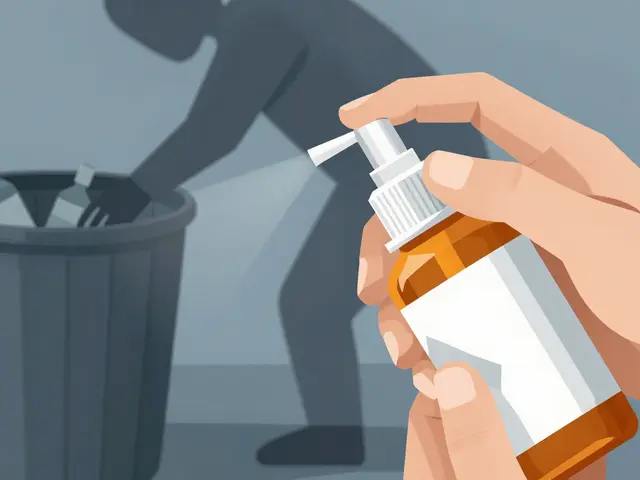Diuretics Alternatives: Practical Ways to Reduce Fluid Retention
Looking for options besides pills that make you pee more? Whether you’re dealing with swelling, mild fluid retention, or side effects from loop or thiazide diuretics, there are real alternatives you can try or discuss with your doctor. Below I’ll lay out simple, proven approaches and explain when a medication swap might be right.
Lifestyle and device options that help now
Cutting salt. The easiest and most powerful move is lowering sodium intake. Aim for under 2,000 mg per day if swelling is a problem. Less salt means your kidneys hold on to less water.
Raise and move. Elevate swollen legs when you can and avoid long sitting or standing. Short walks and light ankle pumps throughout the day help circulation and reduce pooling.
Compression stockings. For leg swelling related to venous issues, compression socks or stockings push fluid back up and can reduce puffiness fast. Fit matters—ask a pharmacist or nurse for guidance.
Weight and activity. Losing excess weight and improving fitness lowers pressure in veins and lymphatics, so swelling often improves. Even a 20–30 minute daily walk makes a difference.
Fluid timing. If nighttime swelling or breathlessness is an issue, try shifting most fluid to daytime and avoid big drinks before bed. That can ease symptoms without drugs.
Medications and other medical approaches
Some drugs aren’t classic diuretics but reduce fluid in other ways. SGLT2 inhibitors (used for diabetes and heart failure) cause modest, steady fluid loss and carry heart and kidney benefits. They’re not just for diabetes anymore—ask your clinician if you qualify.
ACE inhibitors and ARBs lower blood pressure and can reduce fluid buildup in heart failure by improving heart and kidney function. They’re not rapid diuretics, but they’re useful long-term options.
Aldosterone antagonists like spironolactone are technically diuretics but work differently and are often used when standard diuretics cause problems. Swapping to or adding a potassium-sparing option can solve low-potassium side effects.
Mild herbal diuretics—dandelion, parsley, green tea—have small effects. They can help some people but can interact with meds or affect electrolytes. Use them cautiously and tell your doctor.
When to see a pro: swelling with shortness of breath, chest pain, sudden weight gain, or reduced urine output needs urgent care. Also talk to your doctor before stopping or switching meds. You want safe alternatives, not a surprise hospital visit.
If side effects from current diuretics bother you—dizziness, low potassium, or kidney changes—bring that up. A targeted plan (diet tweaks, compression, med swaps) usually reduces symptoms while keeping you safe.
Want personalized options? I recommend listing your current meds, any lab results (potassium, creatinine), and symptoms, then discussing them with your prescriber or a pharmacist. Small changes often bring big relief without trading one problem for another.
Discover the top five alternatives to Chlorthalidone for managing hypertension and edema in 2025. Explore the benefits and downsides of Hydrochlorothiazide, Lisinopril, Amlodipine, Doxazosin, and Clonidine. This guide provides practical insights, helping you make informed decisions about your treatment options.
Continue reading...






